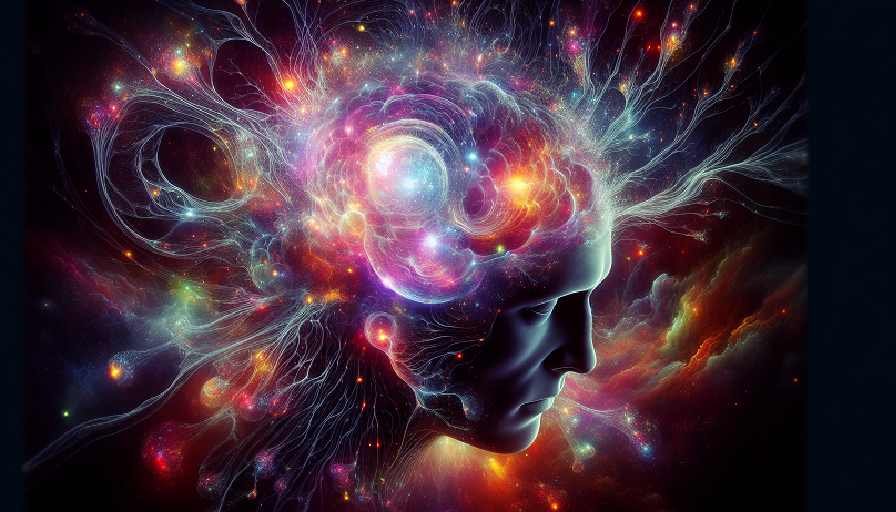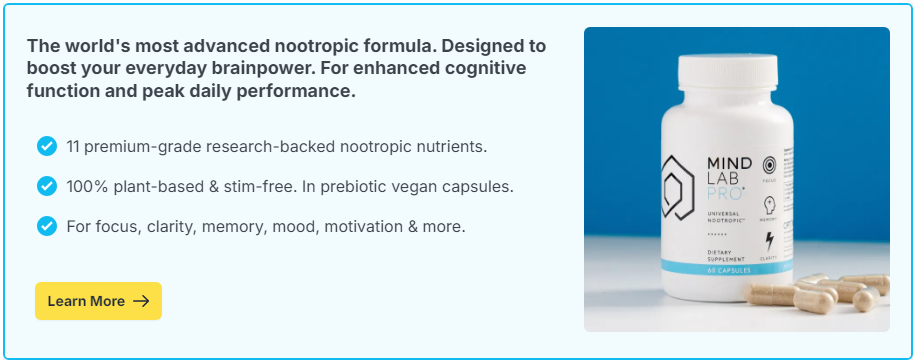
In a world buzzing with notifications, screen time statistics, and an endless scroll of distractions, a new productivity mantra has emerged from the noise: Monk Mode. It’s a call to retreat, refocus, and strip life down to its most essential pursuits—usually by unplugging, saying no to distractions, and turning inward.
But is going into Monk Mode just another TikTok trend dressed up as wisdom, or does it have real psychological and neurological merit? Can stepping away from the digital world really sharpen your brain, or are we romanticizing isolation in an age of burnout?
Here we look at where the Monk Mode comes from, why it appeals to the overloaded mind, and what the science says about whether this austere approach actually boosts cognition and productivity. Spoiler: there’s more nuance than “just log off.”
Contents
What Is Monk Mode, Really?
Monk Mode is a self-imposed period of intense focus and minimalist living. It often involves some mix of:
- Turning off or limiting access to social media and entertainment
- Eliminating unnecessary commitments or social interactions
- Committing to strict routines, habits, or rituals (like early rising, journaling, or exercise)
- Focusing on a narrow set of goals—often creative, professional, or personal development oriented
The idea is to emulate the clarity and discipline of monastic life without actually moving into a monastery. In practice, it ranges from digital detox weekends to full-blown 90-day “no distraction” challenges with daily meditation, cold showers, and zero phone use after 7 p.m.
Sounds noble. Sounds extreme. But does it work?
The Brain in a State of Constant Ping
To understand why Monk Mode has appeal, we have to first acknowledge what our brains are up against. The average person checks their phone 96 times per day. App notifications, endless tabs, pop-ups, and multitasking aren’t just annoying—they rewire the brain.
Attention Fragmentation
Each time you switch tasks—say, from writing an email to checking Instagram—you create “attention residue.” Your brain takes time to refocus, meaning the more you context-switch, the less sharp you become. Studies show it can take up to 25 minutes to fully return to a complex task after interruption.
Dopamine Overload
Constant digital stimuli also flood the brain with dopamine—our motivation and pleasure neurotransmitter. While dopamine is crucial for drive and focus, overstimulation creates a kind of mental numbness. It takes more input to feel motivated, leading to a cycle of procrastination and lethargy.
It’s no wonder that some people report a cognitive “reset” when stepping away from digital life. But what actually happens in the brain when you unplug?
The Science of Stillness and Solitude
True Monk Mode isn’t just about ditching your phone. It’s about creating a mental environment where focus can return, slowly and fully. Research on silence, solitude, and distraction-free time paints a compelling picture.
Neuroplasticity and Mental Recovery
When we reduce sensory overload and constant multitasking, the brain gets space to rewire. Mental fatigue decreases, working memory improves, and default mode network (DMN) activity—linked to creative thinking and self-reflection—increases. In simple terms, silence can make you smarter.
Decision Fatigue and Clarity
Removing distractions and unnecessary choices frees up cognitive bandwidth. Monks wear the same robes daily not just for spiritual reasons but to eliminate the need for trivial decisions. Less decision-making equals more energy for meaningful work.
Flow States and Deep Work
Monk Mode environments are ripe for flow—those immersive, high-focus states where time vanishes and output soars. Psychologist Mihaly Csikszentmihalyi noted that flow requires uninterrupted time, clear goals, and immediate feedback—conditions you can curate through intentional digital detox.
But Is Total Disconnection Realistic?
While Monk Mode offers appeal, it has its critics—and its caveats. Not everyone can retreat from social life, work Slack channels, or parenting responsibilities. And some studies show that overly strict regimens can lead to burnout if done without flexibility or support.
Also, for some people, disconnection can backfire, leading to increased anxiety or FOMO (Fear of Missing Out). Digital tools, when used mindfully, can support productivity—apps for journaling, goal-tracking, or even guided meditation are helpful tools, not enemies.
The sweet spot lies somewhere between mindless screen absorption and total digital monasticism. It’s about crafting boundaries, not building walls.
How to Create Your Own Version of Monk Mode
You don’t need to shave your head or live in a cave. A flexible Monk Mode can still offer clarity and cognitive benefits. Here’s how to make it realistic:
- Choose time blocks, not timelines: Commit to distraction-free hours instead of months-long retreats.
- Audit your digital life: Remove one app or habit that drains your mental energy.
- Create tech-free zones: Keep phones out of your bedroom, dining area, or workspace for better focus.
- Prioritize mindful routines: Replace screen time with journaling, meditation, or reading for intentional brain engagement.
- Track focus, not just hours: It’s not about how long you work—it’s about how clearly you think while doing it.
Where Brain Supplements Fit In
Going Monk Mode requires mental discipline—but it also demands energy, focus, and emotional balance. Some people find that pairing periods of digital detox with cognitive support from brain supplements can enhance results. Specific nootropics may help:
- Sharpen focus during “deep work” blocks without relying on caffeine or stimulants
- Enhance mood regulation when adjusting to boredom or digital withdrawal
- Support cognitive stamina over sustained periods of concentration or mental training
Of course, no supplement is a replacement for healthy habits, but they may provide a mental edge—especially in a modern world where clarity is in short supply.
Monk Mode isn’t magic—but the principle behind it is powerful. When we remove distractions, we give our minds a chance to breathe, recalibrate, and return to what matters. It’s less about turning into a digital hermit and more about choosing presence over ping.
In our hyper-connected era, choosing silence is a radical act. Pair that act with supportive routines, intentional structure, and maybe even a trusted nootropic, and you might just unlock a level of clarity that feels… well, almost monastic.

